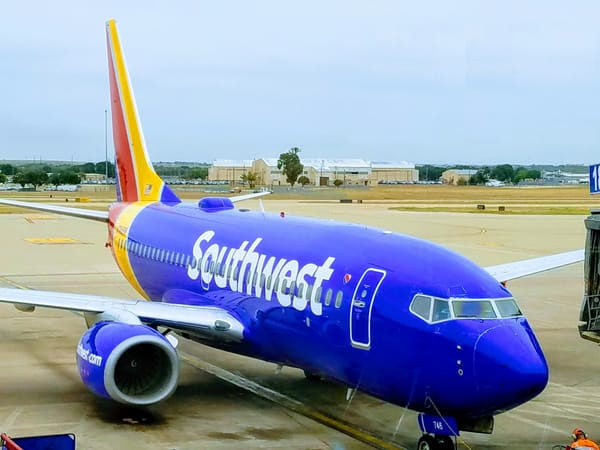Tips for Planning Your Adventure to the Galapagos Islands
Explore the Galapagos Islands with practical tips for planning your trip, travel routes, and essential fees for an unforgettable adventure.
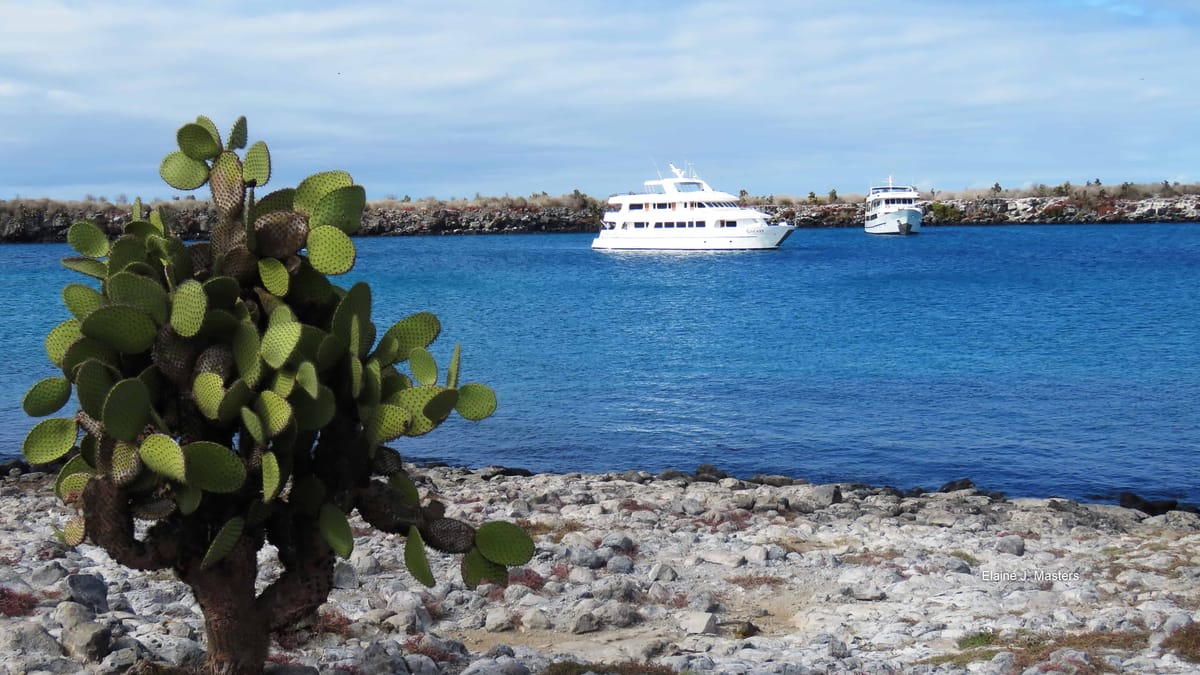
In a world full of the constant chaffing of urban environments and news cycles, it’s a wonder to visit a primal place where life continues at a slow, natural pace. Visiting the Galapagos Islands is a nourishing excursion into the wild and ancient times past.

The Islands are a protected and revered destination that is carefully managed. Whether you plan to travel independently or indulge in a luxury cruise, it takes some planning to step foot on a trail strewn with giant iguanas or dip into the shallows with massive sea turtles! Here are tips to make the most of your trip to the Galapagos Islands.
What Kind of Galapagos Experience Matches You?
There are scuba divers who live for a chance to explore the Northern Galapagos Islands. It’s cold, somewhat technical and not for beginner divers. Their trajectory, planning and packing will be very different from the leisure traveler wanting to get close to Blue Footed Boobies. Make sure that you choose an option that fits your comfort level.
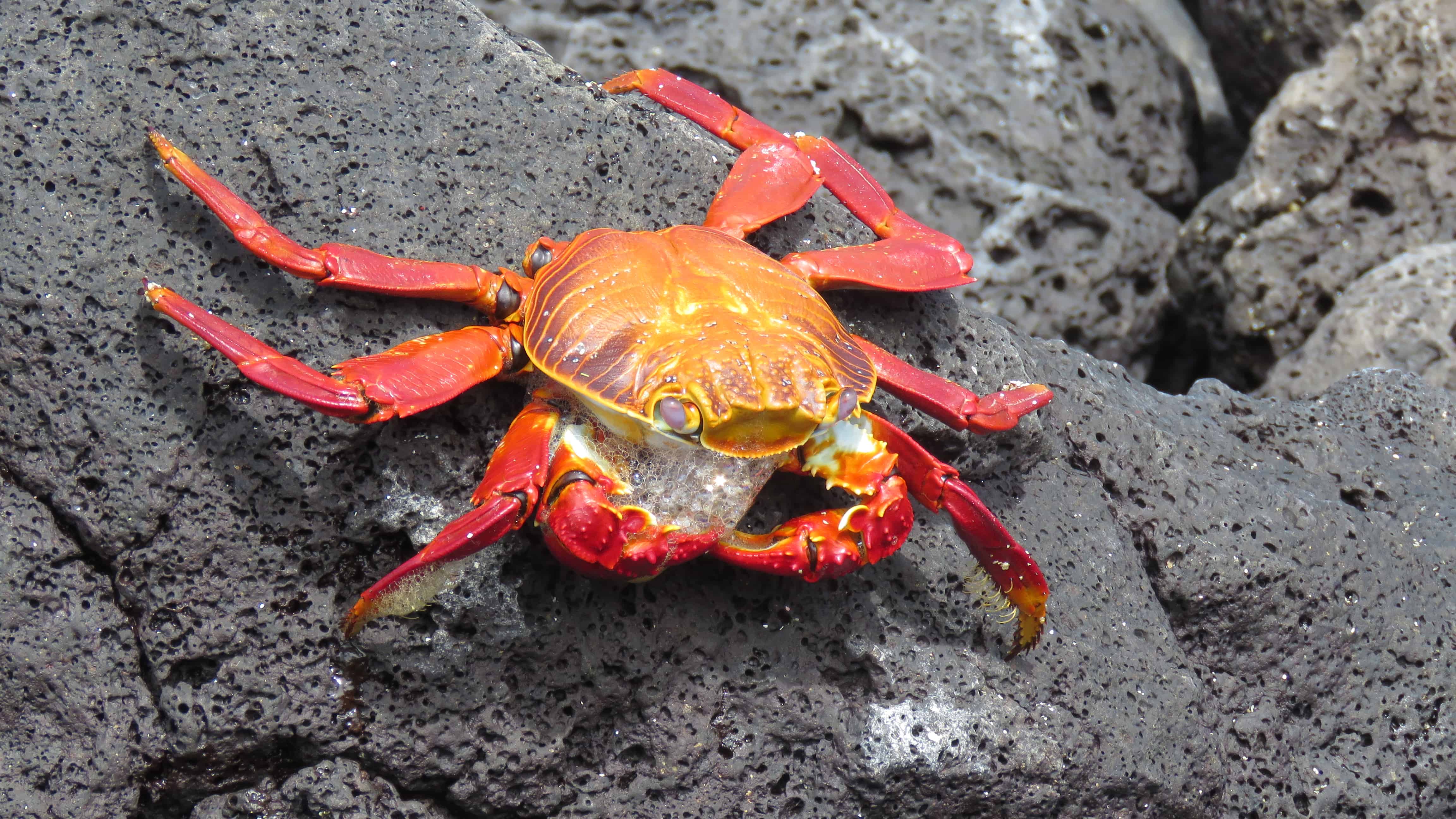
If you have a hard time hiking for more than 30 minutes or maneuvering in and out of a dinghy – choose a tour that will cater to your needs. Be honest about your abilities. The uninhabited Galapagos Islands are explored via easy and fairly short day-hikes, but they are also remote, and you don’t want to endanger yourself, your budget or travel buddy.
You must have travel insurance to visit the Galapagos Islands. This is a new governmental decree as of July 22, 2018. All visitors will be required to have health insurance before they are allowed to board for flights. Set this up before you leave home to find the best option and coverage for you and carry documentation that you are covered.
Make the Right Flight Connections
Traveling to Ecuador is the first task as there are no direct flights to the islands. The city of Quito is a popular launch. You may need to spend a night on the mainland, but I recommend more, in the capital city. The Mariscal Sucre (UIO) airport is a half hour taxi ride to the city and barely five years old. There is a large Wyndham hotel near the flights and a Hilton DoubleTree on the outskirts of Puembo village, but most visitors stay in Quito proper.
The larger Ecuadorian airport, and where many of the Quito to Galapagos Island flights connect, is in the city of Guayaquil and officially called the Jose Joaquin de Olmedo International Airport (GYE.) A truly international airport, the terminals are filled with shopping options and serviced by a larger range of airlines than Quito. This airport has Wi-Fi throughout.
There is one last airport to mention – the inter-island carrier, Emetebe. They do not fly to and from the mainland but will for medical emergencies. The flights are limited, and airplanes are small, light utility aircraft. Their airport is on Isabela Island.
Set Your Itinerary Before Booking Flights
You need to choose an itinerary before deciding which of the two Galapagos Island Airports to fly to. If taking a cruise, confirm arrival information with your company. Most ships leave from Baltra Island where, via a quick shuttle, you get to the landing where small boats will take you to your ship. There is no public WiFi at the airport. Baltra or Seymore airport is just a few years old and the world’s first totally ‘green’ airport.
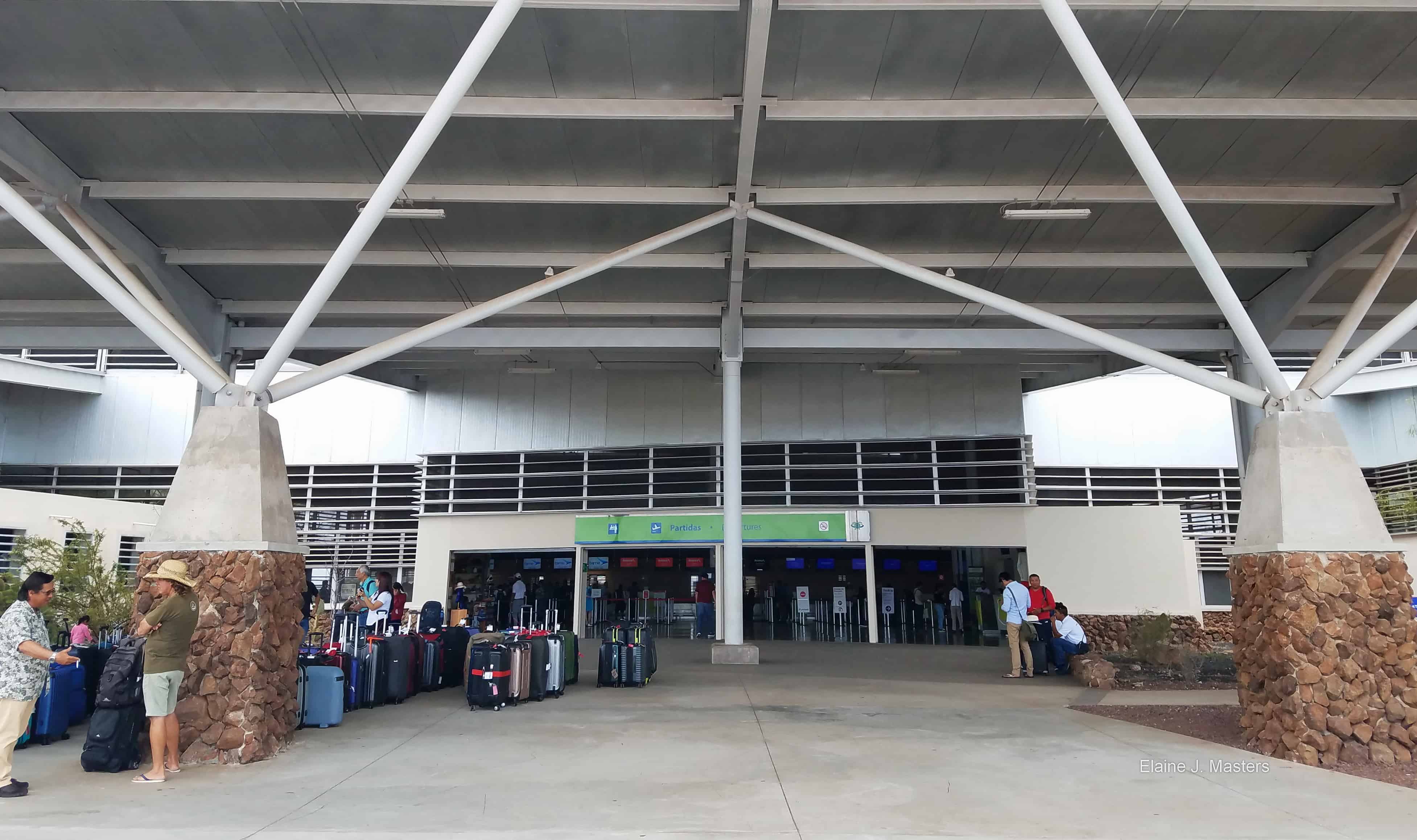
Tip: If you arrive a day or so early or are planning an independent trip, venture from the airport across Baltra island via a bus, taxi or shuttle to the water taxis (a short trip across Itabaca Channel.) From there cross the peak of Santa Cruz Island to Puerto Ayora, the largest city in the Galapagos. The buses leave regularly, taxis are usually available, and shuttles can be arranged in advance through tour operators.
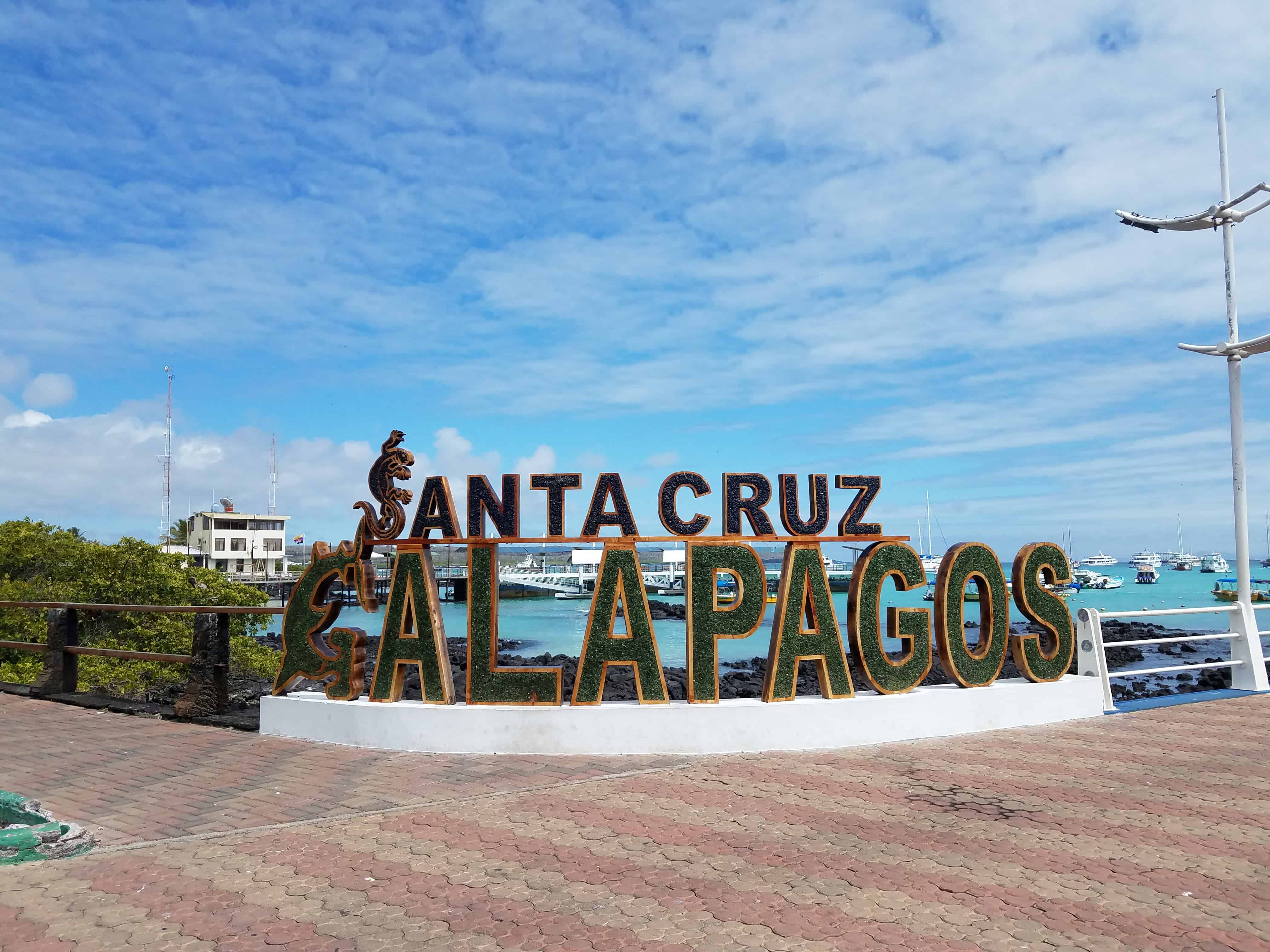
San Cristobal Airport is smaller than Baltra/Seymore and serves about five hundred passengers a day. It sits across the island from the main city where the port is. Again, check with your tour operator about arrivals and departures. There is a lot to do on the island from visiting indigenous land turtles (the nursery at La Galapaguera) to the only fresh water lake in the archipelago to snorkeling or diving the infamous Kicker Rock.
The town has a hippie vibe with small hotels, BnB’s, and hostels available.
Inter-Island Options
Book flights through Emetebe Airlines in advance to insure your seat if you want to fly between islands. Alternatively, if not prone to sea sickness, consider one of the inter-island boat shuttles. These are the cheapest transportation between the islands but most often they’re not comfy trips.
For example, going to and from Puerto Ayora and Isabela Islands is a two-hour trip on rocky seas. The boats are packed to capacity but safely so.
Is visiting the Galapagos Islands really expensive?
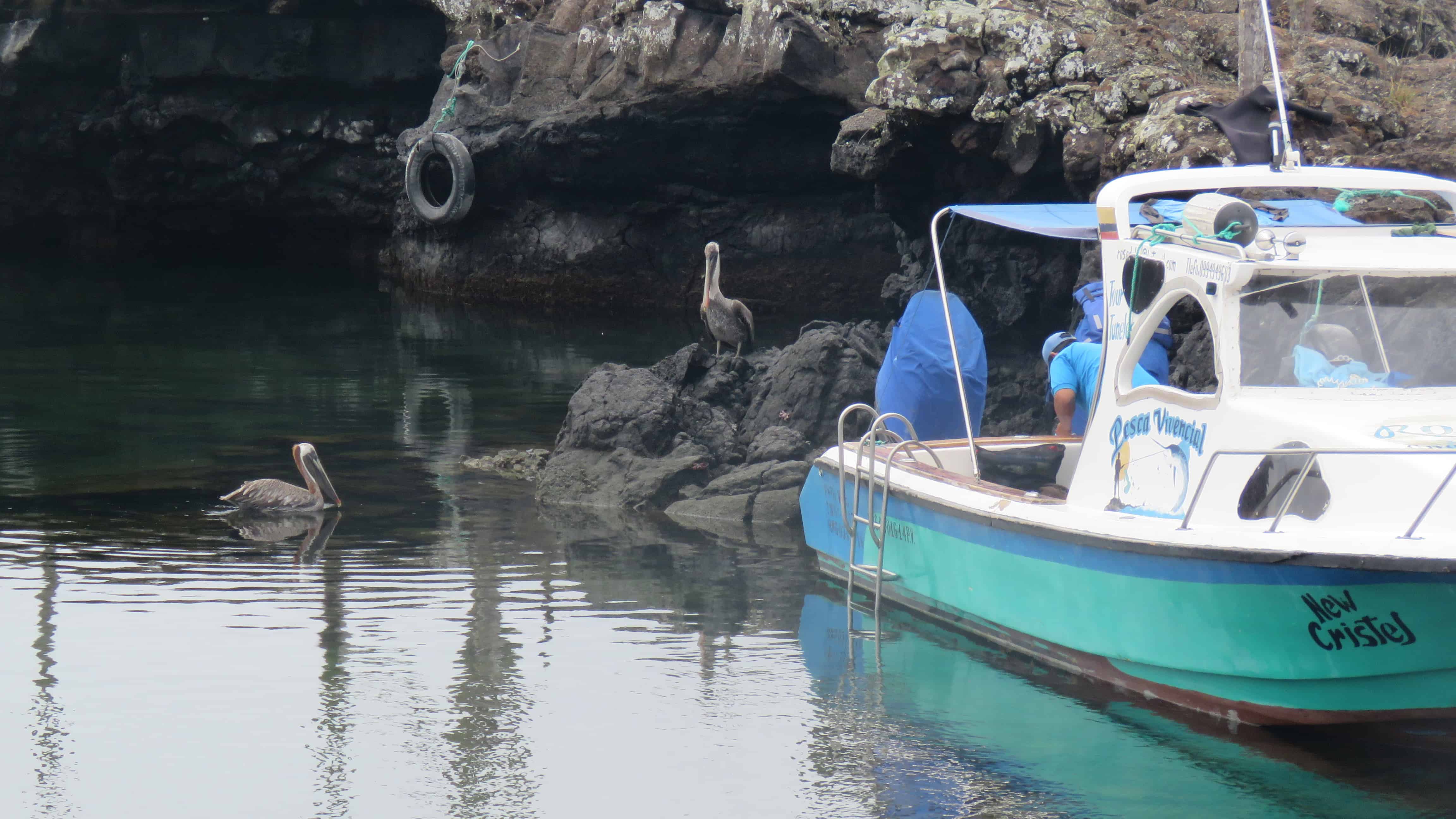
Everything is relative but mainly the expense is a myth based in the fact that you have to fly to mainland Ecuador before you can fly to the islands. Most of the flights cost around $500 US RT, so that is an expense that you can’t offset by taking a bus or train. There is a myth that you can cross to the islands via ship but even if that were possible those landings are carefully restricted, and you will not avoid the regular fees.
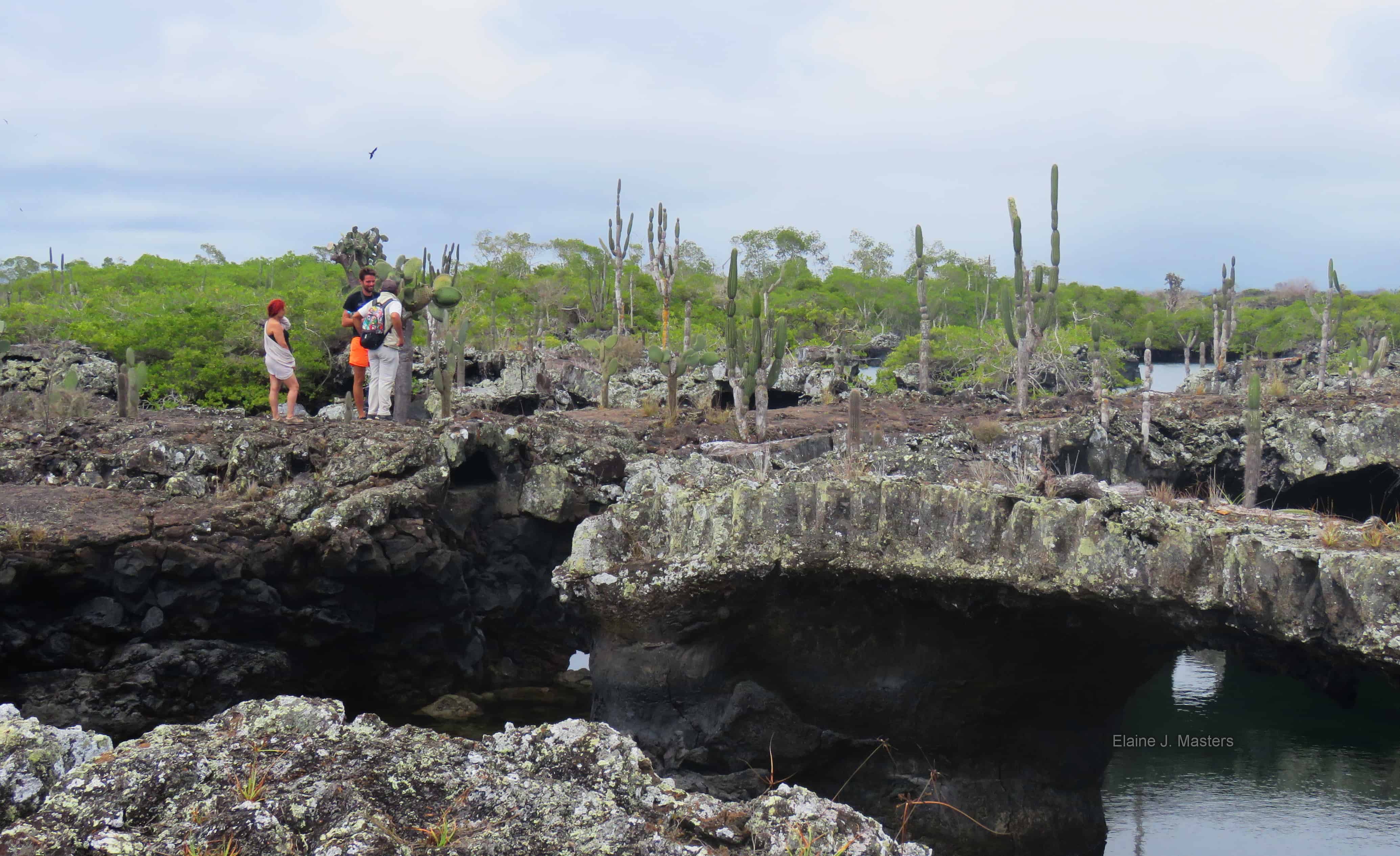
What is expensive are inter-island, multi-day cruises but some are more affordable than others. Do your research well in advance as they can fill up quickly. But if you’re a more flexible traveler wait until you arrive in Puerto Ayora to book a trip. Some cruises look to fill open seats at huge discounts in off-season. Ask at local agencies after you arrive.
Fees for Visiting
There are fees to visit the islands. Every international visitor must pay $100 before they depart and there is a TCT fee of $20 to help with tracking who is going to and from the islands. This money is important as a contribution also to Conservation programs. Every ship, small and large, must have a certified Galapagos guide on board. They make the trip from a short hike to a multi-day cruise come to life with a wealth of knowledge and history.
A breakdown of the fees and what they are used for:
• 5% for the Ecuadorian Navy
• 5% for Galapagos Marine Preserve
• 5% for Inspection and Quarantine Services
• 10% Consejo Provincial de Galapagos
• 10%INGALA (Galapagos Immigration)
• 25% Galapagos Municipalities
• 40% Galapagos National Park
Lodging and Camping
A limited number of camping permits are allowed on the islands and campers are restricted to assigned sites. You will be asked about your accommodations before landing. In the larger cities there are inns, hotels – luxury to minimal, and hostels.
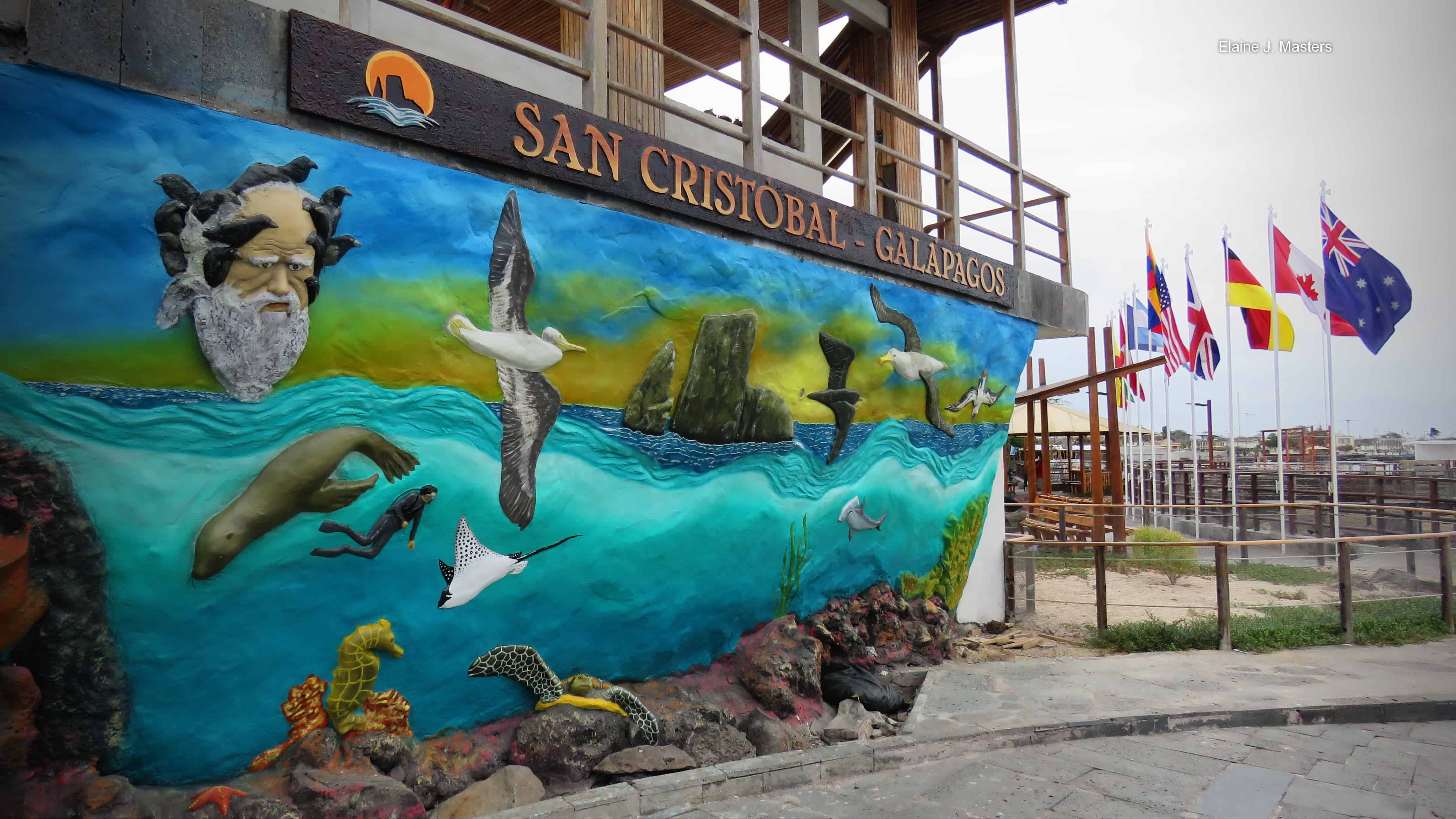
Help preserve the Galapagos Islands
Every visitor and their luggage gets a thorough screening for plants, seeds, live animals and insects. You even step on a wet mat to clean the soles of your shoes. In the air, flight attendants spray overhead bins with an insecticide as well. Honor the efforts and follow your Galapagos guide’s instructions to help preserve this rare region. Know too that many Ecuadorians never get to visit the islands. It’s expensive and immigrating is not allowed except by marriage to a local!
If You Go
Governmental Decree: https://www.turismo.gob.ec/comunicado-oficial/
Check this site for fees: https://www.galapagosislands.com/travel/transportation/entry-fees.html
Airport Information: http://www.tagsa.aero/en_aeropuertojjo.html



